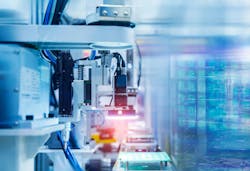Evolving quality control: from legacy systems to AI-powered vision
Automation World outlined both the limitations and opportunities of legacy machine vision systems used in automated quality control (QC) and quality verification (QV). These traditional systems require exacting calibration, complex programming and often third-party expertise, making them costly to deploy and difficult to adapt to changing production requirements.
Their environmental sensitivity and rigid, rules-based logic also create challenges in dynamic factory settings, especially where process agility and frequent product changes are necessary. For engineers tasked with maintaining uptime and optimizing inspection processes, Automation World’s article emphasizes how these systems can become bottlenecks in modern, fast-paced manufacturing environments.
In contrast, AI-powered vision systems offer a compelling upgrade path. They reduce hardware and setup costs by leveraging standard imaging components and can be quickly deployed with user-friendly, low-code interfaces. Most notably, their ability to adapt to variability in lighting, orientation, and product appearance makes them well-suited for agile manufacturing and mass customization.
Controls engineers will appreciate that AI models can be retrained in-house with minimal downtime, lowering dependency on external consultants and enabling faster, more flexible quality control updates. Learn more from the full article from Automation World.

